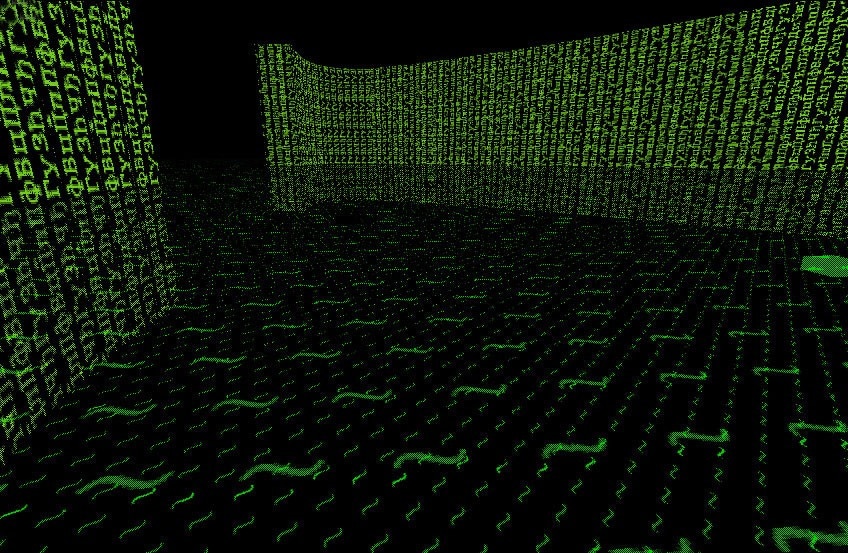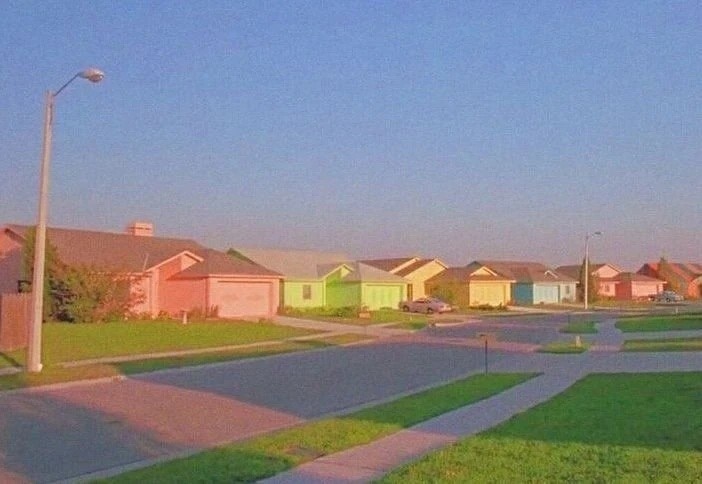Omnipresent in digital platforms, algorithms not only determine which images we are exposed to, but also how they are produced and shared, shaping a new aesthetic. As early as 2009, Hito Steyerl, in her essay In Defense of the Poor Image, pointed out that low-quality, often viral images reflected algorithmic logic favoring speed and distribution over aesthetic refinement.
Digital images thus become “poor” not in craftsmanship but in how they are conceived and consumed in the hyperconnected era, where the message matters more than its visual form. This has given rise to a new visual grammar that homogenizes visual experience, prioritizing rapid dissemination over image quality. But is this truly the fate of our visual culture, or is there still room for aesthetic diversity?
The concept of New Aesthetic, proposed by artist and theorist James Bridle, adds a crucial perspective. Bridle highlights how machine learning and computer vision are creating a new visual grammar distinct from the traditional one. Images, processed by algorithms, are no longer just the product of human intention but the result of a complex interaction between humans and machines. Contemporary visual perception is thus shaped by these technologies, which not only mediate content but transform it into something entirely new.
Some argue that the risk of an algorithmically optimized aesthetic should not be underestimated. Slovenian net art pioneer Vuk Ćosić warns that algorithms may also threaten diversity by generating increasingly similar content. In a provocative statement to Domus, Ćosić asserts that “the role of artists is not to decorate but to spread the virus of freedom.”

I would challenge the assumption that algorithms lead to visual standardization. Empirical evidence actually suggests the opposite.
Lev Manovich

In their attempt to optimize the experience, algorithms end up trapping us in an aesthetic consumption logic that values efficiency over expressive freedom. On one hand, algorithms accelerate the discovery of new aesthetics and encourage a diversification of choices. On the other, they risk creating an “algorithmic bubble” where images become standardized to fit the logic of the digital market. As Ćosić reminds us, the real challenge for artists and those involved in visual culture today is to resist optimization logic and continue to experiment and spread the virus of aesthetic freedom.
“In practice, this means that when the media creates a global consensus around a new wave of technological hype, you should run in the opposite direction,” he explains. At the same time, “large language models (LLMs) have devoured humanity’s entire cultural output, and now we are literally boiling lakes to generate these sterilized texts and images, known as AI slop.”

American writer and new media theorist Lev Manovich focuses on platforms like Instagram, analyzing how social media has become a tool for aesthetic visual communication. According to Manovich, what is happening today is a true aesthetic phenomenon: Instagramism, a visual culture shaped by images formatted and optimized for social media. However, Manovich tells Domus, “while algorithms certainly play a role in content creation and distribution today, I would challenge the assumption that they necessarily lead to visual standardization. Empirical evidence actually suggests the opposite.”
Manovich argues that algorithms do not necessarily produce a unified vision. “Over the past decades, we have seen a clear historical progression: from the dominance of mass culture in the mid-20th century to the emergence of distinct subcultures, the rise of urban cultural ‘tribes,’ and more recently, the proliferation of various aesthetics.”
@vaporama_vision Divine poolside 🍹 Collaborative animation based on an original artwork by P. Carredo (Instagram) Made in Blender//Premiere pro 💻 Follow for more vaporwave 3D animations and aesthetic content 😌🌊 Song: t e l e p a t h テレパシー能力者 - 空に光 #architecture #art #vaporwave #aesthetic #aesthetics #surreal #nostalgia #poolcore #liminalspace #kenopsia #weirdcore ♬ son original - 𝑉𝐴𝑃𝑂𝑅𝐴𝑀𝐴 夢想
Rather than creating a uniform aesthetic bubble, digital platforms have accelerated a process of visual diversification. Algorithms, in fact, enable the discovery of visual niches that might otherwise remain invisible, bringing to light diverse and sometimes conflicting aesthetics. “This evolution reflects a fundamental shift in cultural life: from a limited range of choices to an ever-expanding multitude of options. Rather than enforcing a ‘standardized bubble,’ digital platforms and algorithms have continued and accelerated this long-term trajectory toward diversification. “In short”, Manovich concludes, “what I observe is not an algorithmic convergence toward a single optimized aesthetic, but rather an expansion of choices and possibilities.”

A similar trend is identified by the art collective Clusterduck, which emphasizes that originality can still be maintained, despite the frequent discussion in art direction circles about algorithmic flattening. “In fact,” the artists explain, “it is easy to see how artists and designers are visually conditioned by the software they use daily, with their preset datasets, and by search engines and platforms that apply algorithmic curation to content, such as Pinterest or Instagram.”
However, it is important to remember that “the web still hosts projects that resist these influences, such as the user-curated channels on Are.na. From the presets in widely used graphic editing software like Photoshop or Cinema4D to the distinct visual style of many generative AI tools, the influence of these systems’ developers on the final works of digital artists and content creators is becoming increasingly evident.”
As the collective points out, “it is therefore essential to ask what the implications of this sometimes forced collaboration with the machine are, and how to respond. Some approach the issue by striving to use the widest possible variety of tools and presets; others fiercely defend their creative autonomy but often find themselves tilting at windmills; and some embrace what we might call a post-post-human approach, relinquishing authorship and seeing themselves as cogs in a much larger system. A system capable of creating and erasing styles and aesthetics, depending on economic, extractivist, or stochastic shifts—forces that can only be resisted by forming collective movements and participatory channels… time permitting.”
Opening image: Clusterduck, MEME PROPAGANDA, 2018. Courtesy Clusterduck


.jpg.foto.rmedium.jpg)